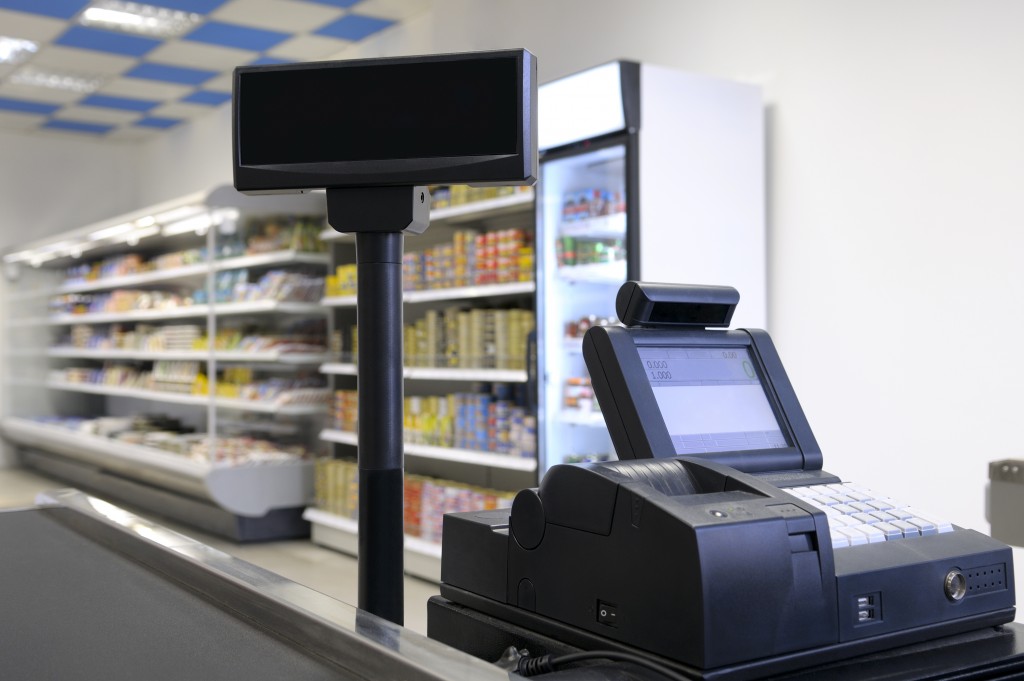As the world battles the pandemic, your business needs to adapt to the new normal to stay afloat. You shut the doors of your brick-and-mortar store and move your stock and operations to your home. You have set up a Shopify store to continue serving your customers. You also let your staff work from home; they talk to customers, promote products, and process orders online. Still, your business is in the red.
Perhaps, you should explore Shopify further. We get it—you pick Shopify among many e-commerce platforms because it’s affordable, easy to use, and packed with lots of helpful features. But do you maximize every tool and every feature it offers? Let’s dive deeper into Shopify’s box of tricks.
1. Real-time Carrier Shipping
Running an online store requires calculating shipping costs. Underestimate the costs, and you could end up losing money. But if you overestimate, you might lose customers who don’t want to pay for high shipping costs. So how can you set the right price for shipping products to a specific location? This is where real-time carrier shipping comes in. Activate the advanced Shopify plan and choose a carrier. Let Shopify do the rest: calculating the exact shipping fee for each customer based on the size/weight of their item and their location. Pretty soon, you’ll ship boxes and poly mailers in bulk to various states.
2. Abandoned Cart Recovery

About seven out of 10 customers add products to their cart but leave the website without buying. You could be missing out on a huge number of sales. Can you remind those customers about their cart?
On the standard Shopify plan, you can do it manually. Navigate the dashboard by clicking Orders then Abandoned Checkouts. You’ll see the list of customers who abandoned their carts and their emails. You can then send an email to each customer to nudge them back to their cart and complete their purchase. The easier option is to upgrade to the advanced plan. This plan allows you to write an email automatically sent to every customer who left your online shop without buying items on their cart.
3. Basic SEO Tools
It’s not enough that you’ve built a sleek, appealing Shopify store. You also need to make sure customers find it when they’re searching on Google. Shopify has built-in SEO features, which you should maximize.
But before you can use Shopify’s basic SEO tools, find out the keywords relevant to your shop. Use Google’s Ads Keyword Planner to determine keywords consumers often use when searching for a business similar to yours online. Once you get the right keywords, start optimizing your Shopify stores.
You can add target keywords to four elements: page titles, meta descriptions, ALT tags, and a page’s content or product descriptions. You can see all those elements when creating a new page for your store.
Using these three built-in tools, you can boost the sales of your Shopify store. At the same time, you can streamline your everyday online operations. But don’t stop here. Again, Shopify is packed with many tools and features. Keep on exploring them as your business tries to survive in the new normal.

